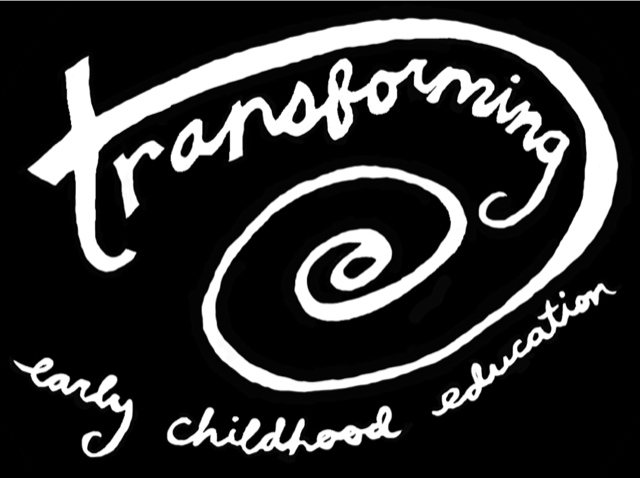Temperament
Temperament
When considering our emotional health and the emotional health of the children in our care, we must understand the term “temperament.”
Temperament refers to how we approach and react in the world. It is a present at birth and unique to each individual.
There are three (general) types of temperaments:
Easy-going: generally happy, active from birth & adjusts to new situations with ease.
Slow-to-Warm: generally observant, calm & takes time to adjust to new situations.
Active: varied levels of emotions, activity levels and adjustment to new situations.
There are nine common traits that are used to describe a child’s temperament:
Activity level
Distractibility
Intensity
Regularity
Sensitivity
Approachability
Adaptability
Persistence
Mood
Goodness of Fit is a term used to describe compatibility between a caregiver’s temperament and the child/ren they are caring for.
As adult caregivers, we do not have to change our temperament. We need to understand it. The child we are caring for does not need to change their temperament. We need to understand it. When we know the compatibility of our temperaments, we can learn strategies for ourselves and the children in our care.
Here is a fantastic temperament resource: https://www.ecmhc.org/temperament/


